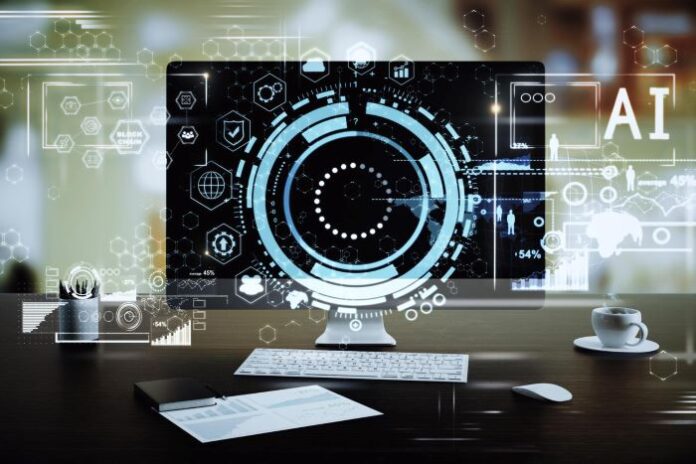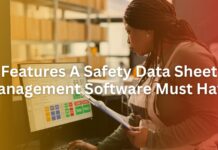Distributed environments provide companies with unprecedented capabilities. Third-party apps, hybrid clouds, and microservices all enable companies to serve their customers with agility and scale. However, monitoring these increasingly interdependent environments poses a challenge to reliability engineers and DevOps personnel in charge of maintenance and deployment. distribution and development. And when something does go wrong, observability alone is not enough; companies need cost-effective, easy-to-implement solutions for correlating service issues with specific aspects in their production environment. Here we’ll delve into next-gen observability.
Amidst the din of manual troubleshooting, there’s a need for tools that can definitively say, “here’s the service problem, here’s the user effect, and here’s our analysis – we think this specific component is responsible.” In other words, it’s time for the next generation of observability.
The Pains of Traditional Observability
The cost of traditional monitoring tools can eat up a significant portion of infrastructure budgets – as high as 30%. Toolsets for monitoring are often difficult to install and configure, putting strain on DevOps teams and taking valuable time away from feature work. Compounding this, monitoring is only as good as what DevOps teams and/or SREs (site reliability engineers) define. Many tools require personnel to manually add services to monitoring dashboards, introducing the possibility of human error.
The burgeoning category of “AIOps” has emerged to combat the difficulties of monitoring modern, complex architectures. According to Gartner, AIOps “combines big data and machine learning to automate IT operations processes, including event correlation, anomaly detection and causality determination.” These tools indeed make huge strides in reducing the time spent on configuration, but beyond solving for integration difficulties, true next-gen observability must also introduce the ability to correlate production issues to their root cause.
For observability to be considered truly “next-gen,” it needs to position itself as a “copilot,” traversing the data of any given environment and providing actionable feedback. Rich observability data is essential, but it requires high-fidelity metrics, logs, and traces. Observability platforms that use newer sampling techniques, such as extended Berkeley Packet Filter (eBPF), truly put the “AI” in “AIOps” – these platforms don’t just detect anomalies, but use AI to analyze their context.
The Benefits of Strong Observability
For industries like retail, finance, travel, and hospitality, strong observability means drastically decreasing the mean time to resolution (MTTR) of production issues, and even outright preventing service outages. These industries are heavily reliant on service level agreements (SLAs) and customer interactions for revenue generation. Here, it’s especially important for DevOps and SREs to understand their “unknown unknowns” – potential sources of production issues before they occur.
As mentioned above, observability platforms wielding newer sampling techniques can offer an unprecedented level of visibility into the interdependencies of cloud architecture. This 360 degree graph will traverse the multiple layers of an environment – from infrastructure to applications – and help demonstrate the impact chain of production issues, even at cloud-scale. Such robust topology is a must-have for next-gen observability.
Employing next-gen observability would help predict issues before they arise – or resolve them much more quickly after they do. Instead of scrambling to add 100 engineers to a conference call and performing emergency triage, devs could proactively address the potential production issue before it occurs, and avoid straying from their SLAs. A true next-gen observability solution should be able to identify service problems and their impact on users, and offer detailed analysis, streamlining issue detection and resolution.
The Hidden Costs of Observability
The consequences of service outages are not limited to tarnished customer experiences, but extend to hidden costs that affect businesses’ bottom lines. We bucket these costs into two categories: the before and after.
Before: Site reliability engineers invest resources and effort in preemptively preventing issues, diverting time and labor away from feature development.
After: In the chaos of incident response, teams tasked with maintaining reliability must scramble to answer 3 questions: What went wrong? Where did it go wrong? Why did it go wrong?
In cloud environments, until the moment you identify a root cause, everything and everyone is a suspect. This makes answering those first two questions extremely cumbersome. A true next-gen observability tool would employ machine learning algorithms to determine the root cause of an incident, and identify the impact chain that led to the outage or failure. This answers the “what” and “where” of what went wrong, leaving the DevOps team to focus on that all-important “why?”
Opening the Way to Next-Gen Observability
Next-gen observability is no longer a luxury but a necessity in today’s digital landscape. It empowers organizations to preemptively address issues, reduce hidden costs, and ensure a seamless and reliable customer experience.
By keeping in mind the hidden costs of observability, both before and after an incident, and advocating for the most important capabilities of a next-gen observability tool – AI for the analysis of anomalies and their context, plus advanced sampling techniques for topology – DevOps leaders can spur the creation of next-gen observability tools.















